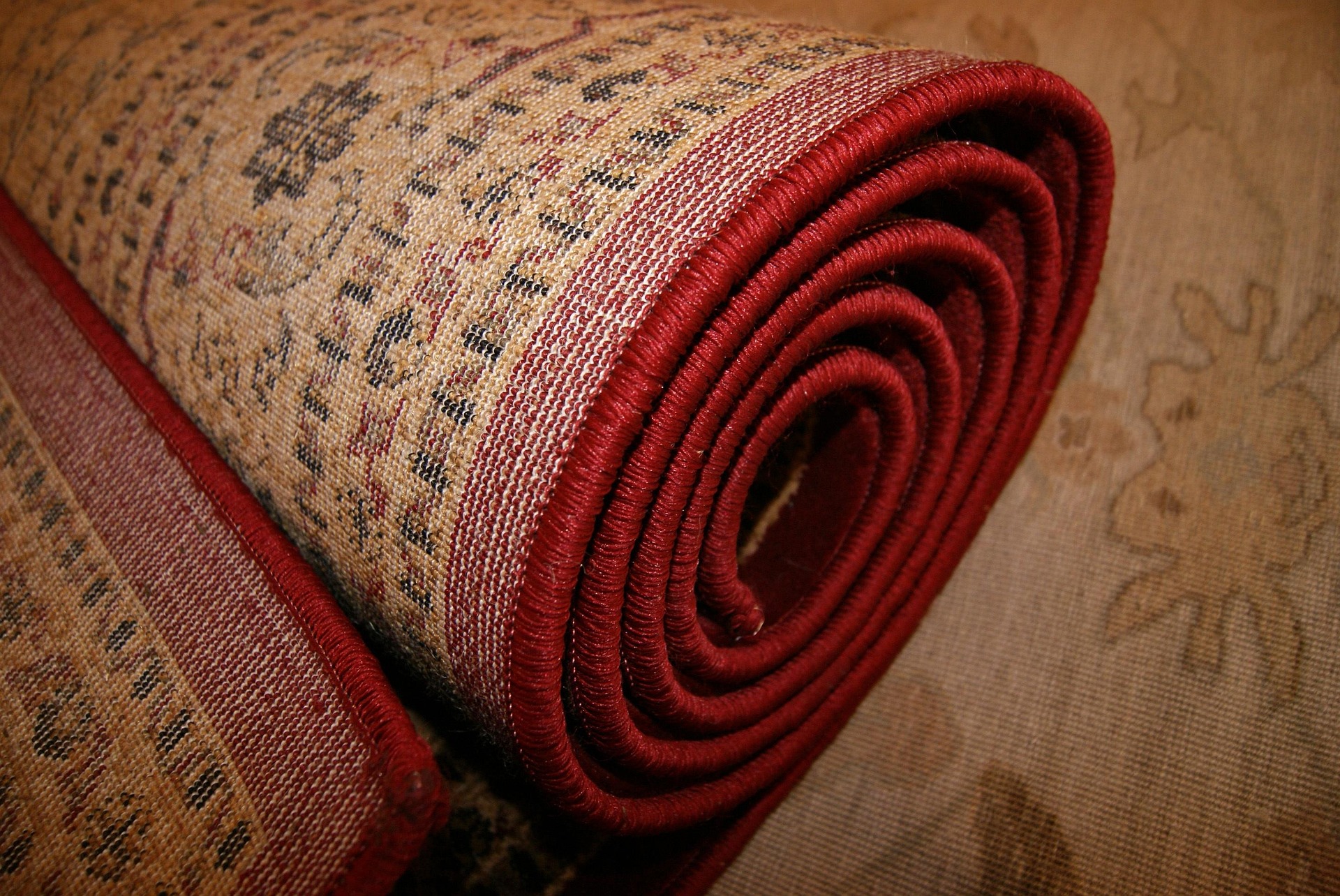Exploring Rugs and Carpets Around the World
Rugs and carpets have been used in homes for hundreds of years. Learn how different types are made, the materials used, and how people choose them for rooms. Discover patterns, textures, and colors that make each rug special and how they can add style and comfort to any space.

What Ancient Practices Shape Modern Rug Weaving Techniques?
The history of carpet making stretches back over 2,500 years, with archaeological evidence pointing to the Pazyryk carpet as one of the earliest surviving examples. Ancient civilizations developed sophisticated rug weaving techniques that remain largely unchanged today. The fundamental method involves interlacing weft threads through warp threads, creating a stable foundation for the decorative pile.
Traditional hand-knotting techniques vary significantly between regions. Persian weavers typically employ the asymmetrical Senneh knot, which creates finer detail and smoother curves in designs. Turkish artisans favor the symmetrical Ghiordes knot, known for its durability and distinctive texture. Tibetan weavers developed a unique cut-loop technique using a rod to create uniform pile height. These time-honored methods require years of training and can produce incredibly detailed works, with the finest Persian carpets containing over 1,000 knots per square inch.
How Do Traditional Carpet Patterns and Designs Reflect Cultural Identity?
Regional carpet patterns and designs serve as visual languages that communicate cultural values, religious beliefs, and historical narratives. Persian carpets feature intricate floral motifs, medallions, and garden designs that reflect Islamic artistic principles and the Persian love of nature. The famous Isfahan carpets showcase hunting scenes and paradise gardens, while Tabriz rugs often display geometric patterns with symbolic meanings.
Turkish carpets traditionally incorporate bold geometric patterns, prayer niches, and stylized floral elements. The distinctive star and octagon patterns found in Anatolian rugs date back centuries and carry protective symbolism. Chinese carpets feature dragons, phoenixes, and cloud motifs representing imperial power and celestial harmony. Caucasian rugs display bold, angular patterns in vibrant colors, often incorporating animal figures and tribal symbols that tell stories of nomadic heritage.
What Materials Transform Simple Fibers Into Lasting Floor Coverings?
The materials used in rugs determine their durability, appearance, and value. Wool remains the most popular choice due to its natural resilience, dye absorption, and flame resistance. High-quality wool from specific regions commands premium prices – New Zealand wool is prized for its whiteness and strength, while Persian Khorasan wool is celebrated for its lustrous finish.
Silk creates the most luxurious carpets, offering exceptional fineness and natural sheen that enhances intricate patterns. Pure silk carpets from regions like Kashmir and Qom represent the pinnacle of weaving artistry. Cotton serves primarily as foundation material for warps and wefts, providing stability without adding excessive weight. Natural plant fibers like jute and hemp offer sustainable alternatives, while synthetic materials such as polypropylene and nylon provide affordable, stain-resistant options for high-traffic areas.
Which Types of Rugs and Carpets Suit Different Spaces and Purposes?
Understanding types of rugs and carpets helps consumers select appropriate pieces for specific applications. Area rugs define living spaces and add warmth to hardwood floors, while wall-to-wall carpeting provides comprehensive coverage and sound insulation. Runner rugs protect hallway floors and guide traffic flow, measuring typically 2-3 feet wide and 6-14 feet long.
Flat-weave rugs, including kilims and dhurries, offer reversible designs without pile, making them ideal for high-traffic areas and outdoor use. Hand-knotted pile rugs represent the highest quality category, suitable for formal spaces where durability and beauty are paramount. Machine-made carpets provide consistent quality and affordable pricing for residential and commercial applications. Specialty rugs like prayer rugs, tribal pieces, and antique collectors’ items serve decorative and cultural purposes beyond mere floor covering.
| Rug Type | Average Price Range | Typical Size Options | Best Applications |
|---|---|---|---|
| Machine-Made Synthetic | $50 - $500 | 5x8 ft to 9x12 ft | High-traffic areas, family rooms |
| Hand-Tufted Wool | $200 - $2,000 | 4x6 ft to 10x14 ft | Living rooms, bedrooms |
| Flat-Weave Kilim | $150 - $1,500 | 3x5 ft to 8x10 ft | Casual spaces, outdoor areas |
| Hand-Knotted Persian | $1,000 - $50,000+ | 6x9 ft to 12x18 ft | Formal rooms, investment pieces |
Prices, rates, or cost estimates mentioned in this article are based on the latest available information but may change over time. Independent research is advised before making financial decisions.
How Has Globalization Changed Traditional Carpet Making Practices?
Modern carpet production balances ancient traditions with contemporary demands. While machine manufacturing has made carpets accessible to broader markets, hand-weaving traditions persist in regions like Iran, Afghanistan, Turkey, and India. Many contemporary artisans blend traditional techniques with modern designs, creating pieces that honor cultural heritage while appealing to global tastes.
Sustainable practices increasingly influence material selection and production methods. Eco-friendly dyes replace harmful chemicals, while fair trade initiatives ensure artisan welfare. Digital technology assists in pattern creation and color matching, though the fundamental weaving process remains unchanged. This fusion of old and new ensures that carpet making traditions continue evolving while preserving their essential character.
The global appreciation for handmade rugs and carpets continues growing as consumers seek authentic, durable alternatives to mass-produced items. These woven treasures connect modern homes to ancient traditions, creating lasting beauty that transcends cultural boundaries while celebrating the diverse artistic heritage of carpet-making communities worldwide.




